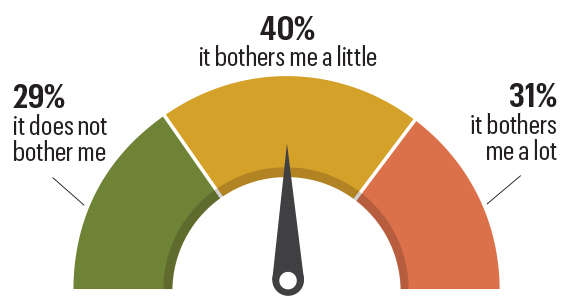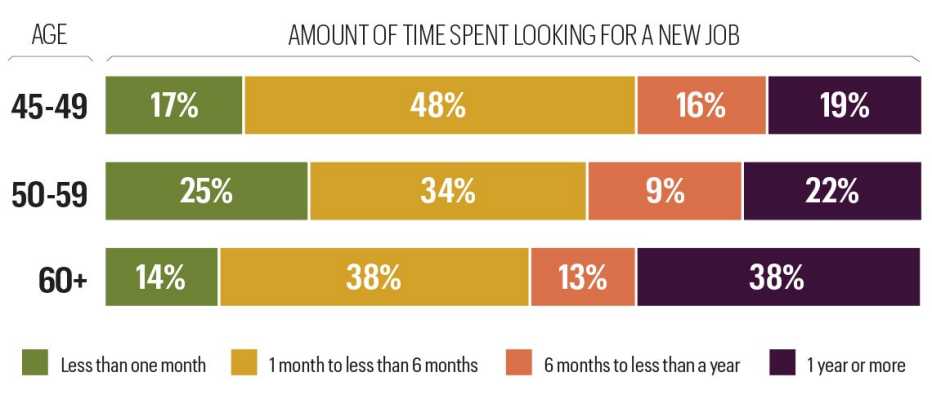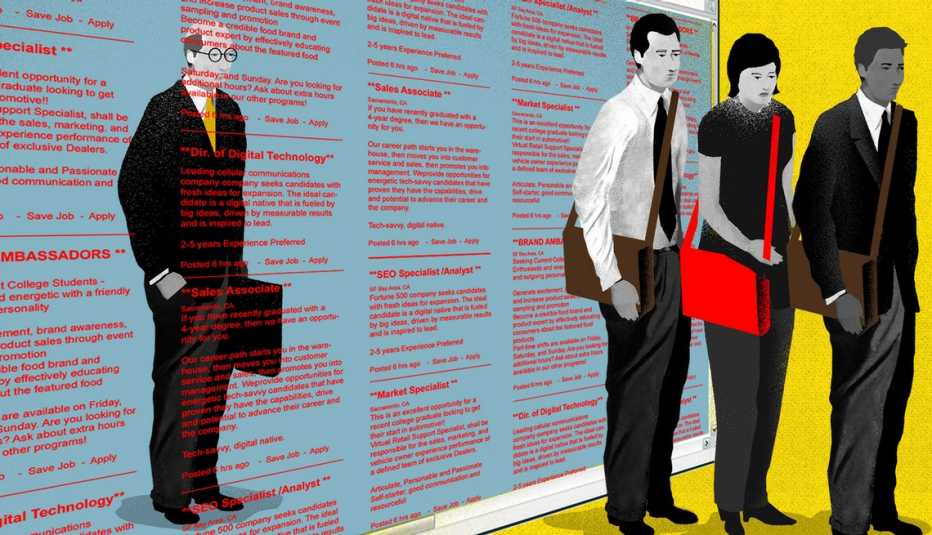Staying Fit


Even with low unemployment rates making employers desperate to hire, many older adults say they are trapped in jobs that either don't match their skills or don't let them work as many hours as they'd like, a new survey from AARP finds.
Fourteen percent of workers age 45-plus fall into this underemployed category, AARP research shows.


AARP Membership— $12 for your first year when you sign up for Automatic Renewal
Get instant access to members-only products and hundreds of discounts, a free second membership, and a subscription to AARP the Magazine.
One major reason for their underemployment is age discrimination, the AARP survey finds. A quarter of underemployed workers who say they're in a job that undervalues their skills cite age discrimination as the culprit. For such workers 60 and older, 48 percent blame age discrimination.
Older workers who cite lack of hours for their underemployment also point to age bias, but at lower rates — at 17 percent. That so many workers over 45 would call out age discrimination as a chief reason they feel they have limited options is consistent with a 2018 AARP survey that found that 61 percent of older adults witnessed bias on the job or experienced it personally.
"Nobody wants to go to work and be berated for your age,” says Susan Weinstock, vice president of Financial Resilience Programming at AARP. The discrimination is particularly perplexing because older workers exhibit the soft skills employers say they seek, Weinstock says, such as “calm under pressure, the ability to solve problems, being empathetic, listening skills, things that you gain as you worked longer and longer years."





































































